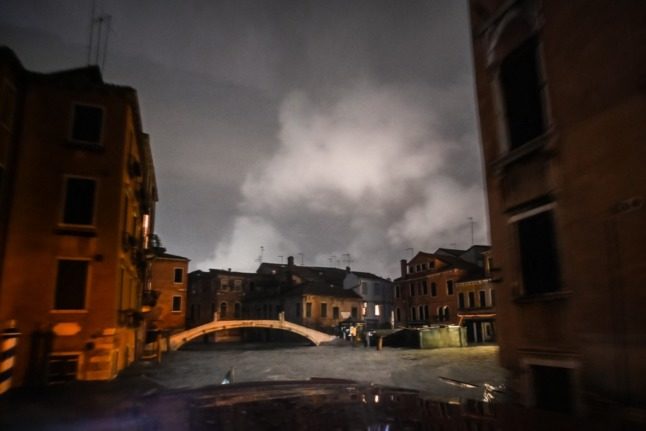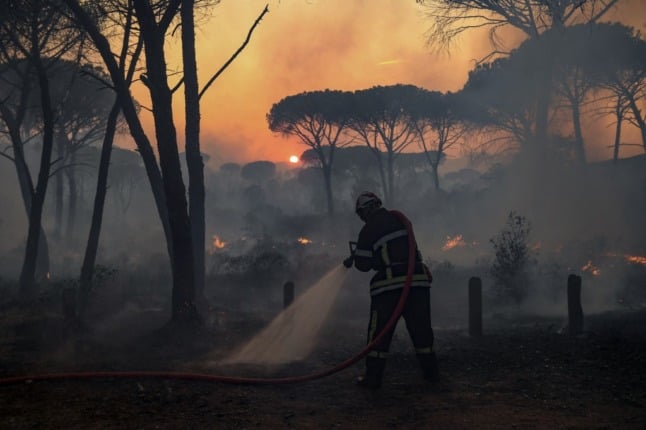Rail traffic in western Sweden was delayed on Tuesday, with several trains brought to a standstill after several trees were blown down over the tracks, according to the Swedish Transport Administration (Trafikverket).
Winds from the storm were so strong that they blew a car off a road and into the ditch near Tjörn on Sweden’s west coast.
“It’s really blowing here and there is an open field so he may have been surprised by the sudden gusts,” Jörgen Simonsson of the Tjörn emergency services told the Aftonbladet newspaper.
The young driver of the car was taken to hospital with minor injuries.
Katia, which was previously classified as a hurricane before heading across the Atlantic, is expected to move north across Sweden on Tuesday night.
Several hundred households had lost power by Tuesday, a number of bridges on Sweden’s west coast were closed due to high winds, and several areas reported minor flooding in Katia’s wake.
Around lunchtime on Tuesday, the town of Såtenäs on the south coast of Lake Vänern in central Sweden was measuring wind gusts of up to 60 kilometres/hour.
However, there remains a risk that winds could get even stronger, according to Swedish meterological agency SMHI.
“They’re going to increase, with the strongest winds likely to come during the afternoon or evening,” SMHI meterologist Lovisa Andersson told the TT news agency.
According to the local Bohusläningen newspaper, the Bohusbanan train line in western Sweden has been blocked due to down trees. In addition, a number of other routes have been canceled.
Motorists have also been warned against driving large vehicles like campers and trucks that may be sensitive to gusty winds over the Öresund Bridge, which connects Sweden to Denmark in the south.
Early on Tuesday, a man escaped with minor injuries after strong winds from Katia’s remnants blew a tree down over the car he was driving between Gislaved and Anderstorp in Småland in south central Sweden.
The car, however, suffered major damage and needed to be towed from the site.




 Please whitelist us to continue reading.
Please whitelist us to continue reading.
Member comments